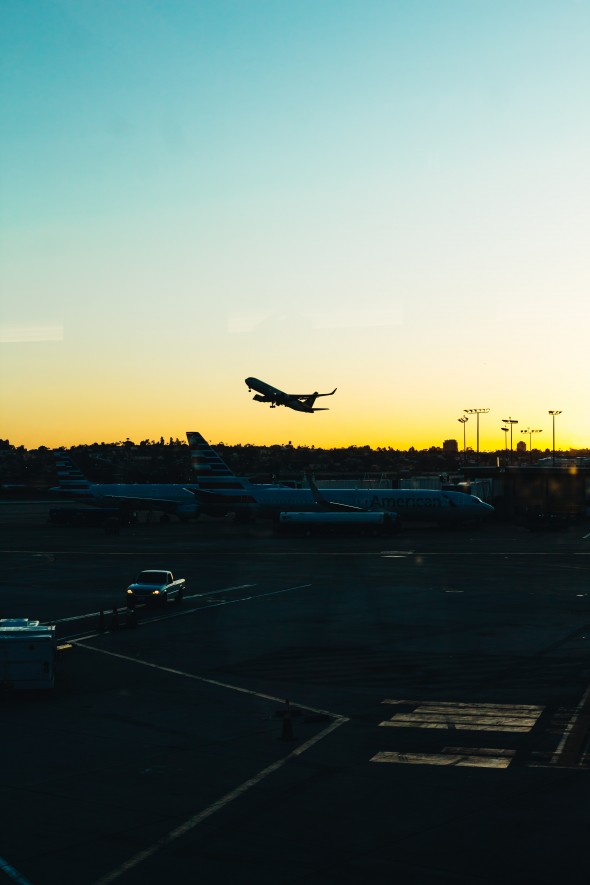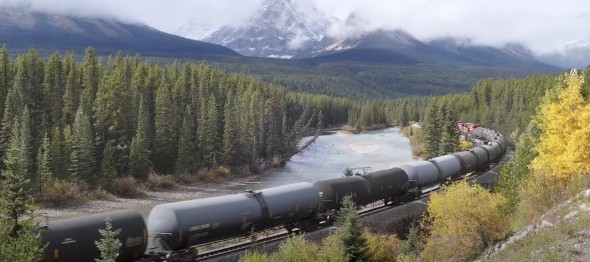NEWSLETTER
In Conversation: Holly Boyd-Boland, Virgin Atlantic


Everyone reading this will have heard of hydrogen-combustion, hydrogen fuel cells, and electric as possible models for zero emissions aircraft, but how about ammonia? Could that be a sustainable aviation solution?
Some organisations are indeed looking at the potential of ammonia to be a carbon neutral fuel.
Most notably, NASA has given $10 million towards a research project at the University of Central Florida. Boeing, Southwest and the Greater Orlando Airport Authority are joining the programme.
Australian company Aviation H2 is also a believer, saying that the use of liquid ammonia in a turbofan is “the best route to carbon-free flight”.
The company wants to modify a Dasault Falcon 50 private jet and have it up for test flights by the middle of next year (source – Recharge magazine).
Meanwhile in the UK, Reaction Engines announced last year that along with academic partners it was designing, “lightweight, modular ammonia cracking reactors to enable the use of ammonia in hard-to-decarbonise sectors, particularly aviation, shipping and off-grid power generation applications.”

However, while it doesn’t emit CO2, ammonia based fuels do emit NOx. According to Recharge:
“Burning ammonia in air produces large amounts of NOx emissions — NO, NO2 and N2O, the first two of which are indirect greenhouse gases, while the latter is 298 times more powerful a greenhouse gas than CO2.”
It’s worth remembering that Airbus is testing hydrogen combustion engines on gliders in North Dakota early next year, exactly because of the issue of NOx and contrails – something that could cause the aircraft giant to change course.
A video from Engineering.dotcom gives other reasons why the use of ammonia is problematic (screengrab and video link above).
It’s very toxic as a gas, which is why it usually transported at sub zero temperatures.
The aircraft fuel tanks will need to be modified. Then there is the question of what happens in an emergency fuel dump – can tens of thousands of gallons of liquid ammonia be jettisoned?
Host James Anderton says that a better solution would be to “simply remediate the CO2 emissions from aircraft by pulling it out of the atmosphere and sequestering it”, in other words Direct Air Capture (DAC), something I agree with and a topic we’ll be coming back to.
My take is that this is another example of throwing everything at the wall and seeing what sticks, among the several competing technologies in play. However, the $10 million investment by NASA is in the scale of things quite modest.
With 28 years to go to net zero, it makes sense that the industry now decides on a course of action that will work.
For me that’s a combination of drop-in fuels for the legacy airline fleet that will still be with us in 2050, newer electric and hydrogen fuel cell aircraft for smaller regional routes, and some element of carbon removal (which can also be used for so-called efuels).
Etihad Airways to adopt a mangrove tree for every guest booked in Economy Space (Aerotime Hub)
The intersection between finance and sustainability (IATA)
Wideroe outlines ambitions for zero-emissions flying (Flight Global)
Cathay Pacific Cargo introduces Fly Greener, the carbon-offset programme for air freight (Business Traveller)
Qatar Airways Cargo launches ‘Next Generation’ strategy (The Penisula)
A global aviation emissions effort comes to a crossroads (Travel Weekly)
© 2022 SimpliFlying Pte. Ltd.